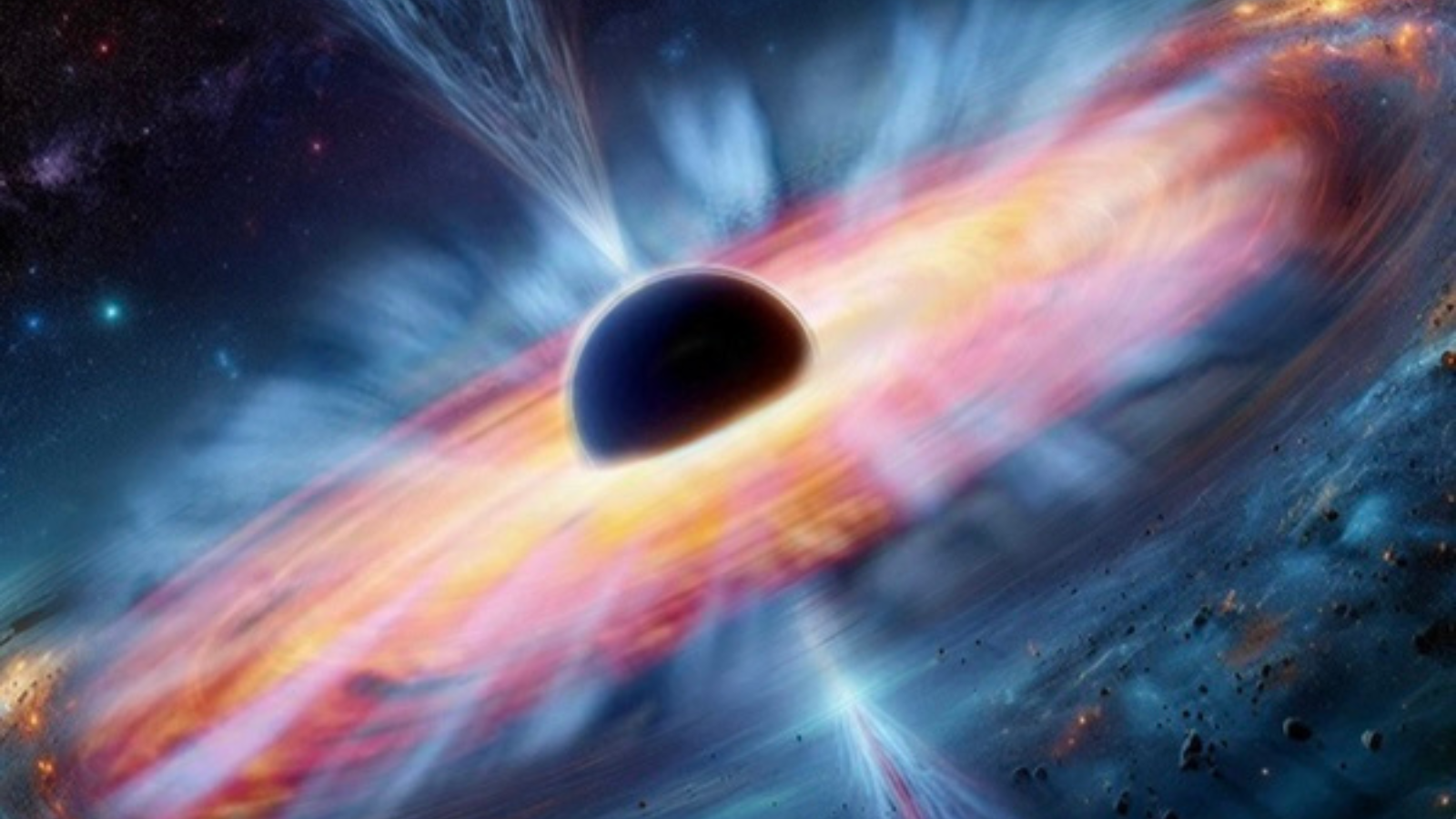 The most comprehensive X-ray map of the universe has been unveiled, uncovering over 9,00,000 high-energy cosmic sources, including more than 7,00,000 supermassive black holes. The data was published by the eROSITA X-ray telescope on board the Russian-German satellite Spektrum-RG, as announced by the German “eROSITA” consortium on January 31. This release marks the largest collection of X-ray sources ever published, according to an official statement from the Max Planck Society in Germany, which was involved in managing the mission.”In the first six months of observation, eROSITA has already discovered more X-ray sources than have been known in the 60-year history of X-ray astronomy,” the statement indicated. The eRASS1 observations with the eROSITA telescope were conducted between December 12, 2019, and June 11, 2020.However, eROSITA was placed in “Safe Mode” in February 2022 and has not resumed science operations since, as confirmed by the Max Planck Society. In addition to the 7,10,000 supermassive black holes in distant galaxies, the 9,00,000 high-energy cosmic sources also encompassed 1,80,000 X-ray emitting stars in the Milky Way, 12,000 clusters of galaxies, and a small number of other exotic classes of sources like X-ray emitting binary stars, supernova remnants, pulsars, and other objects. These figures were hailed as groundbreaking for X-ray astronomy, with the eROSITA principal investigator emphasizing that more sources were detected in 6 months than the big flagship missions XMM-Newton and Chandra have discovered in almost 25 years of operation.
The most comprehensive X-ray map of the universe has been unveiled, uncovering over 9,00,000 high-energy cosmic sources, including more than 7,00,000 supermassive black holes. The data was published by the eROSITA X-ray telescope on board the Russian-German satellite Spektrum-RG, as announced by the German “eROSITA” consortium on January 31. This release marks the largest collection of X-ray sources ever published, according to an official statement from the Max Planck Society in Germany, which was involved in managing the mission.”In the first six months of observation, eROSITA has already discovered more X-ray sources than have been known in the 60-year history of X-ray astronomy,” the statement indicated. The eRASS1 observations with the eROSITA telescope were conducted between December 12, 2019, and June 11, 2020.However, eROSITA was placed in “Safe Mode” in February 2022 and has not resumed science operations since, as confirmed by the Max Planck Society. In addition to the 7,10,000 supermassive black holes in distant galaxies, the 9,00,000 high-energy cosmic sources also encompassed 1,80,000 X-ray emitting stars in the Milky Way, 12,000 clusters of galaxies, and a small number of other exotic classes of sources like X-ray emitting binary stars, supernova remnants, pulsars, and other objects. These figures were hailed as groundbreaking for X-ray astronomy, with the eROSITA principal investigator emphasizing that more sources were detected in 6 months than the big flagship missions XMM-Newton and Chandra have discovered in almost 25 years of operation.
Scientists Reveal Largest X-Ray Map of Universe – See Image













